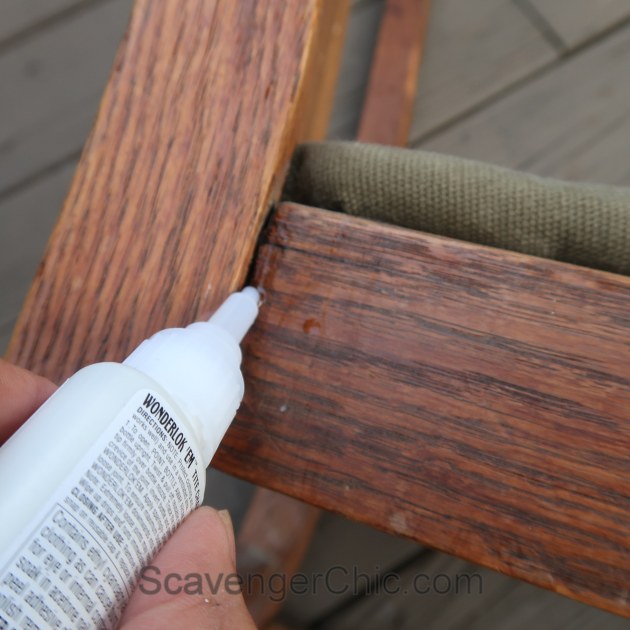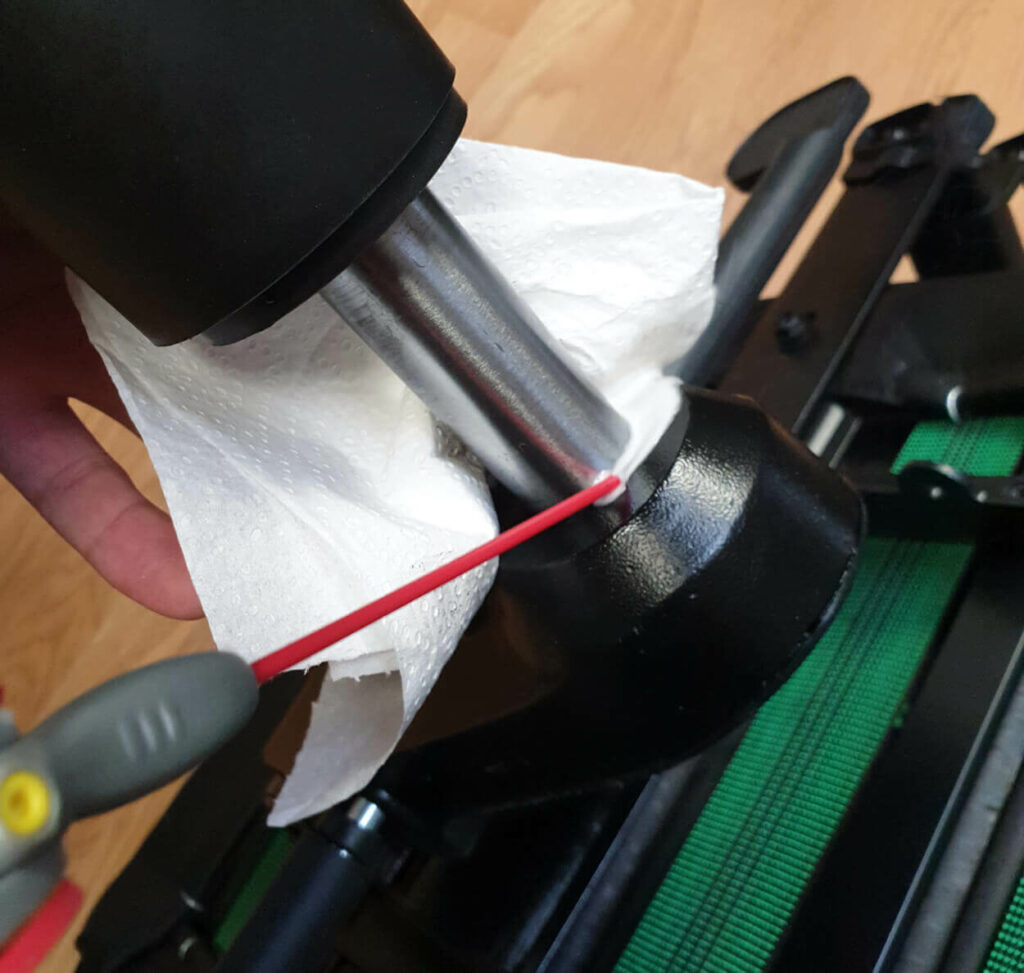

Chairs making creaking noises can be a real pain, disrupting your relaxation or focus. This guide digs into the common causes of creaking chair joints and provides practical, step-by-step solutions for fixing them quietly. Understanding the root of the problem is vital; this could be loose screws, worn-out components, or a combination of factors. This article details simple techniques that anyone can use for chair repair, no advanced woodworking skills needed. You’ll explore the mechanics of chair construction to effectively diagnose the problem and then how to perform repairs without damaging the furniture’s structural integrity. Learn how to identify problems, implement solutions, and make your chairs silent again.
Identifying the Source of the Creaking Sound
Assessing the Affected Area
To effectively address creaking chairs, precise identification of the source is crucial. Often, the sound emanates from specific joints, revealing the location of the problem. Carefully listen for where the creaking sounds originates, taking note of the exact area that makes the noise. This step may feel tedious, but accuracy is key to a successful repair. Thoroughly inspecting the affected joint will aid in determining the appropriate course of action. A visual inspection might reveal loose screws or worn components. If the creak sounds like it’s emanating from the leg joints of the chair, it’s more likely to be issues with the screws, bolts, or even the wood itself, potentially showing signs of damage or excessive wear. It is also possible to discover the reason for the noise emanating from the seat or back area. Look out for loose pins, or loose parts in the frame of the chair that may have come undone. Look out for obvious gaps or spaces that are causing the sound to happen. This step requires patience and thoroughness, as a missed detail can lead to an unsuccessful repair attempt. A careful inspection could also reveal unexpected and unusual causes of the noise that is happening in a chair.
Tightening Loose Screws and Bolts
Applying Gentle Pressure
One of the most common causes of creaking chairs is loose screws and bolts. These often loosen over time due to normal wear and tear or use. This happens due to the stress and friction involved during chair use. To remedy this, you will need to apply gentle, even pressure. Overtightening can cause damage, so it’s essential to be cautious. Always use the correct tools. This ensures damage to the chair is prevented, and a successful outcome will be obtained, especially in older, antique chairs. Using a screwdriver or wrench, gently tighten the screws and bolts, ensuring they are snug but not over-tightened. A good tip is to tighten one screw at a time. Then move to another, repeat this process until all screws are secured. Use appropriate torque if needed, especially when working with older or more delicate wooden chair types.
Addressing Worn-Out Components
Inspecting for Damage
If tightening screws and bolts doesn’t resolve the creaking, the problem might lie in worn-out components. Over time, wood parts in the chair’s frame can wear down, leading to gaps and friction that create sounds. Visual inspection is key in this case, looking for wear and tear signs, especially in older pieces. Look for signs of cracks or separation in the chair’s frame, especially around the joints. By carefully examining the wooden components, you can pinpoint the precise locations where the parts might be worn out. Understanding these details helps in making informed decisions to either restore the chair or to replace parts or components. Modern furniture often uses metal pins and brackets. If these metal components have become loose or damaged, they need to be repaired. In older chairs, some of the components that cause a creak are the wooden pegs, which might be causing a clicking noise. If these show signs of weakening or damage, they should be addressed.
Applying Lubricants (If Needed)
Selecting the Right Lubricant
For some cases, applying a lubricant can significantly reduce creaking noises. This step is more relevant to chairs with moving parts, like those using hinges or other components with small gaps. Choose a lubricant specifically designed for wood or metal. Avoid oils that could stain or damage the wood. Appropriate application of the lubricant to the affected joint or area is key to reducing friction and noise. Pay close attention to the specific instructions provided with the chosen lubricant. Avoid using harsh chemicals or solvents that could damage the wood finish. If the creaking seems to be coming from the seat or back of the chair, you might need to look at the joints. Carefully apply a small amount of lubricant to the affected areas. This will help reduce the noise from rubbing wood, metal, or other materials. Test the method on a less visible area of the chair before applying to the entire joint, to avoid any potential damage to the surrounding areas.
Related Post : Wooden Table Wobbling Constantly? Simple Fixes to Stabilize It
Replacing Damaged Parts (if necessary)
Sourcing Quality Parts
If the creaking persists despite tightening screws, checking components, or lubricating joints, it may indicate more significant damage. You might need to replace damaged components. The most important step is finding high-quality replacements that match the original parts’ design and material. Seek out suppliers that specialize in replacement parts for antique or vintage furniture, or explore local woodworking stores for specialized pieces or components. Careful consideration of how the part was originally constructed is crucial when making a decision to replace it. If possible, measure existing parts accurately to ensure proper replacement. Be sure that the wood or material used for replacement is compatible with the existing chair’s frame to maintain the structural integrity and aesthetics of the furniture. Using the same wood type will help achieve the best results.
In conclusion, fixing creaking chair joints is a manageable DIY project if you follow these steps. By identifying the source of the noise and using the appropriate tools and techniques, you can restore your furniture to silent comfort. Remember to prioritize safety and precision throughout the process. For more complex repairs or if you lack confidence, professional help is always a viable option. Contact a qualified carpenter for solutions to more significant damage to your furniture. Now, you can enjoy quiet evenings and relaxed moments, free from the annoying squeak of creaking furniture. Ready to tackle your creaky chairs? Visit our website to learn more!